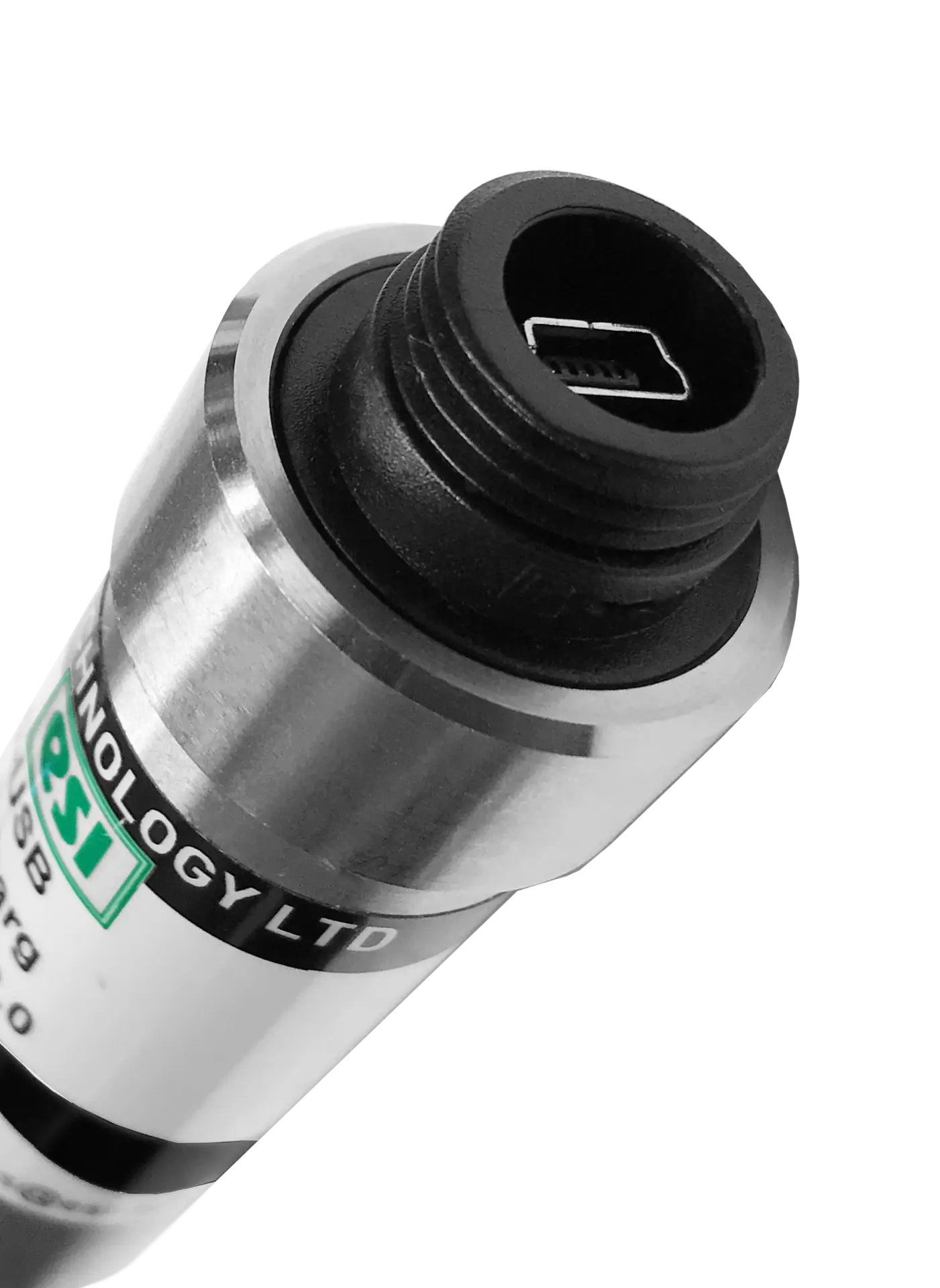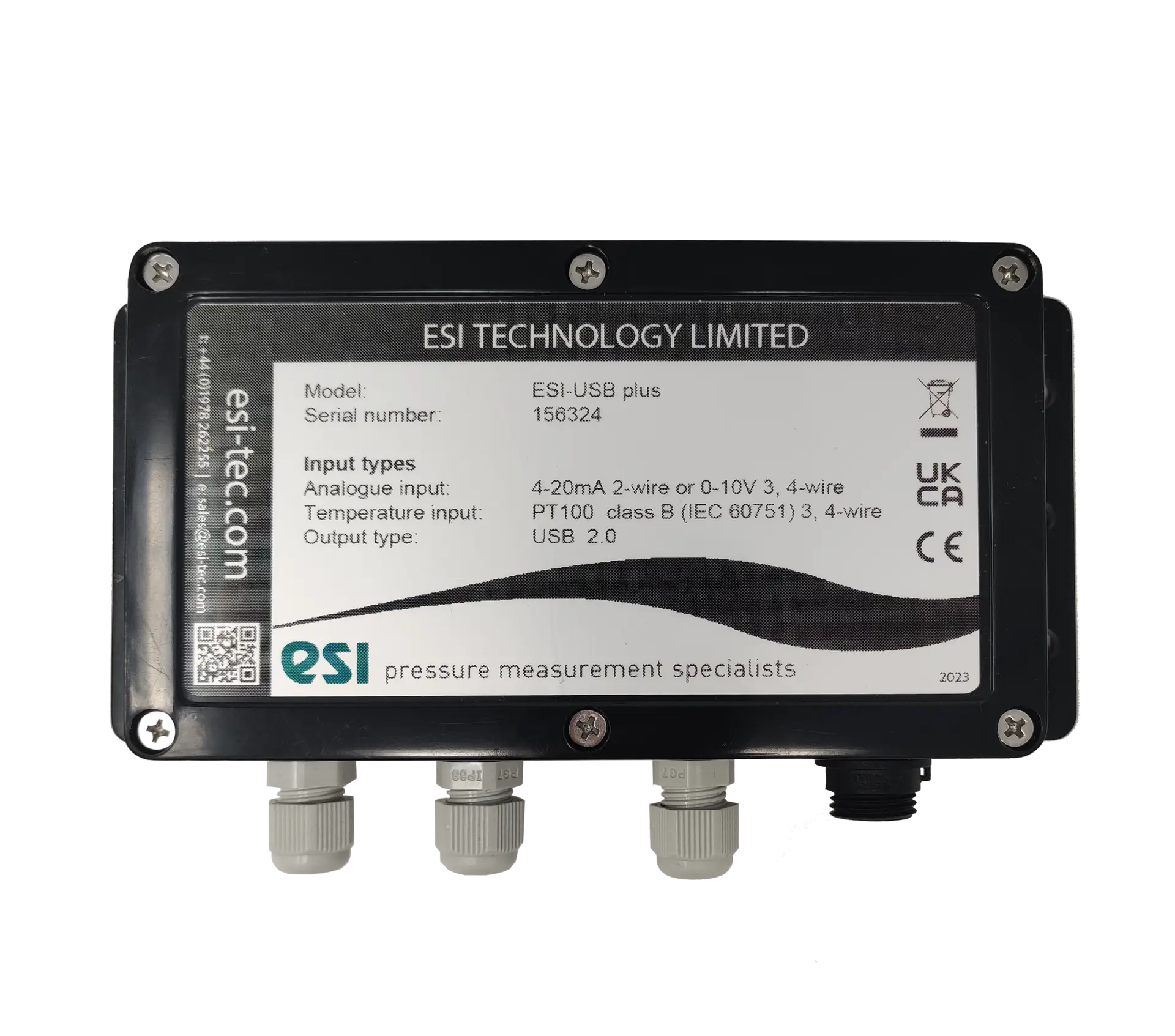Our Unit Converter
The ESI Unit converter allows you to quickly and easily access a conversion tool to work out your preferred unit of pressure measurement wherever you may be. Whether out on-site or in the office.

Download the ESI-USB© Software
The ESI-USB© software allows you to connect your ESI transducer to your laptop or PC and be up and running monitoring pressure data within ten minutes. The software auto-updates and is compatible with Windows 8, 10 & 11.


Heatwaaaaaave!
How does the weather affect the performance of your pressure transmitter?
It’s scorching in the UK right now and we’re loving it, but the increase in temperature affects other weather elements including air pressure and humidity, which in turn can affect the performance of your pressure transmitter or transducer.
Ambient Temperature
Both ambient and media temperature variation can affect a pressure transmitters’ performance potentially causing premature component failure or unstable readings. If accuracy is critical in the application, then temperature errors assume a larger importance, as accuracy will change significantly due to small changes in temperature.
If accurate pressure readings must be made during large ambient temperature transitions, then corrective measures must be taken to protect the pressure transmitter or transducer. Shielding it by using insulation material may alleviate ambient temperature shifts. Ideally, the temperature of the transmitter should be kept as low as possible for maximum performance.
Barometric Pressure
Weather patterns influence change in barometric pressure, which in turn has an effect on pressure transmitters and transducers with sealed pressure sensors. However, it doesn’t have any influence on vented pressure types, such as gauge and vacuum pressure measurement.
The impact of barometric pressure is proportional to the pressure range of the sensor. The wider the pressure range the smaller the effect barometric pressure changes will have on the output. However, on lower ranges it can have a substantial effect on the sensor output.
The variation and unpredictable nature of changes in barometric pressure can make keeping your pressure transmitters and transducers calibrated a frustrating challenge. If changes in barometric pressure are resulting in inaccurate pressure measurement then the application should be examined to determine if a vented sensor could be used or if the pressure range could be increased without affecting the output resolution.
Humidity
Sometimes vapour caused by humid conditions can penetrate the transmitter housing and attack sensitive components. Prolonged exposure to high humidity can also result in corrosion of the transmitter housing and mountings. Transmitter housings are designed to protect electrical components against the ingress of moisture caused by humidity.
Some transmitters have a potting material to protect the electronics against humidity, but this is a delay tactic. The best way to prevent against humidity is for the transmitter housing to be hermetically sealed.



